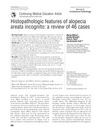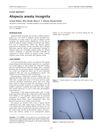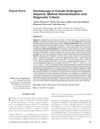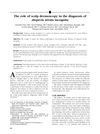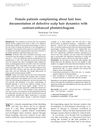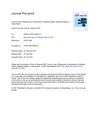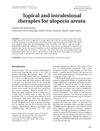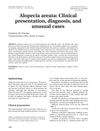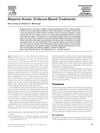ULBP3: A Marker for Alopecia Areata Incognita
May 2016
in “
Archives of Dermatological Research
”
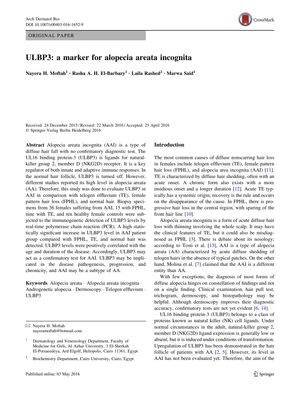
TLDR ULBP3 could be a marker for diagnosing alopecia areata incognita and may be linked to its cause and development.
The study from 2016 investigated the levels of UL16 binding protein-3 (ULBP3) in 36 females with alopecia areata incognita (AAI), 15 with female pattern hair loss (FPHL), 9 with telogen effluvium (TE), and 10 healthy controls. It found that ULBP3 levels were significantly higher in the AAI group compared to the other groups, and these levels were positively correlated with age and disease duration in AAI patients. The results suggest that ULBP3 may be a useful marker for diagnosing AAI and could be involved in its pathogenesis and progression. The study indicates that AAI might be a subtype of alopecia areata (AA) and that the immune system, particularly CD8+NKG2D+ cytotoxic T cells activated by ULBP3, may play a role in the disease. Further research with larger sample sizes is needed to confirm these findings.

